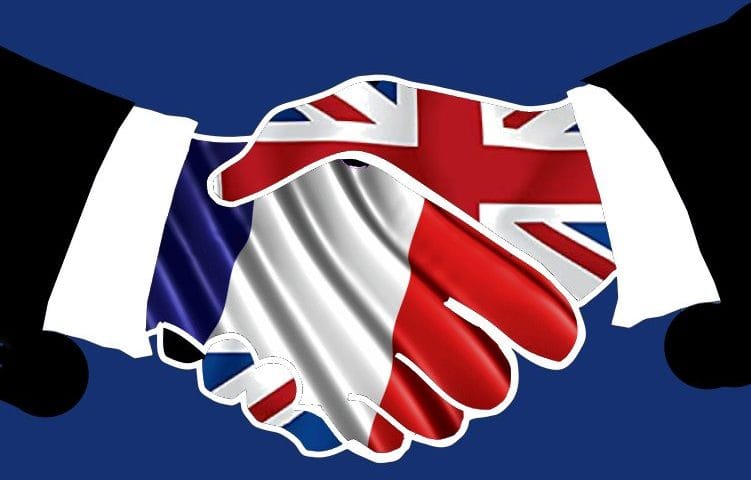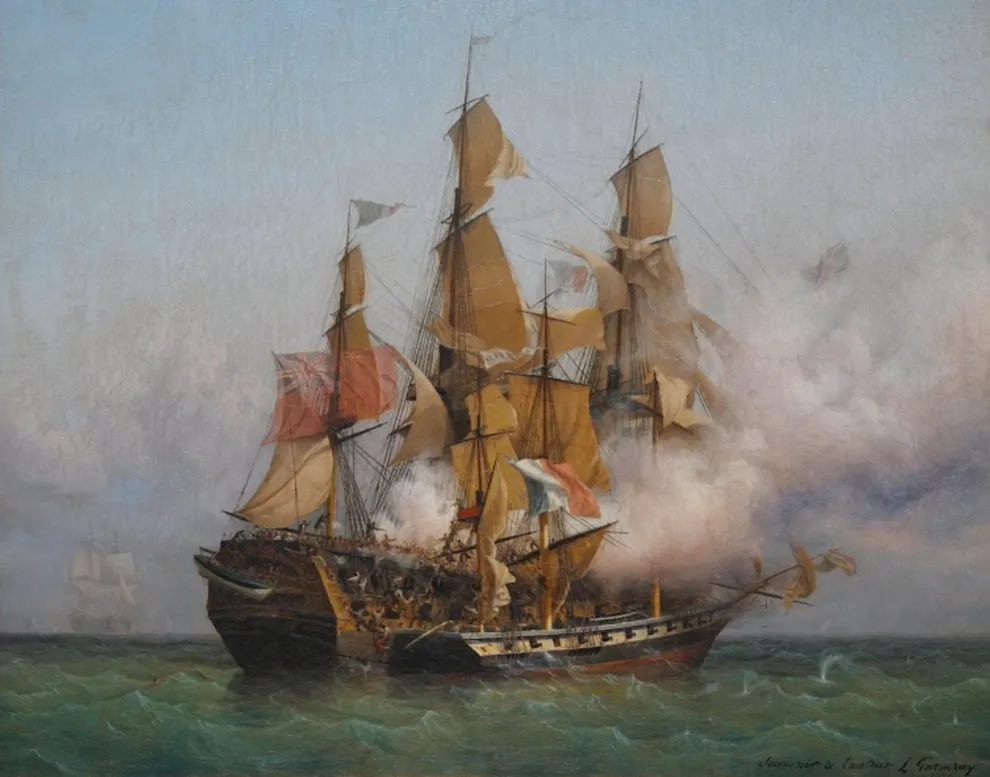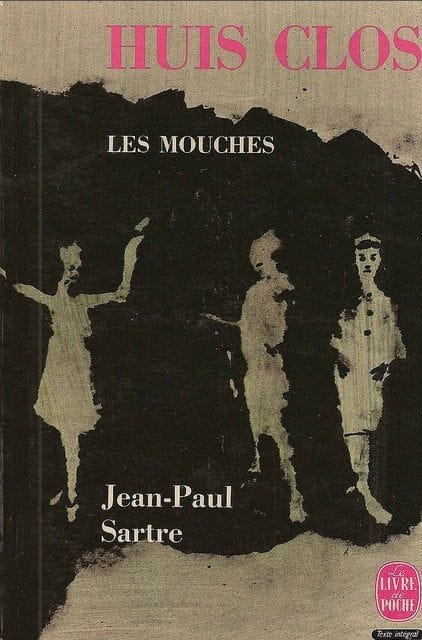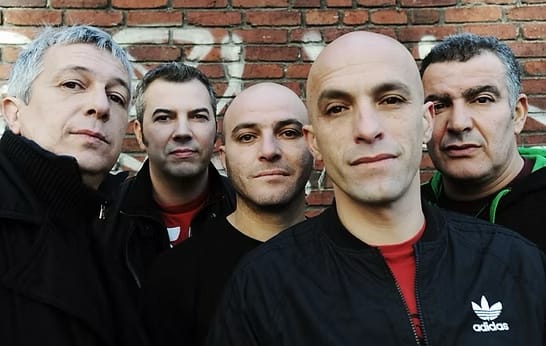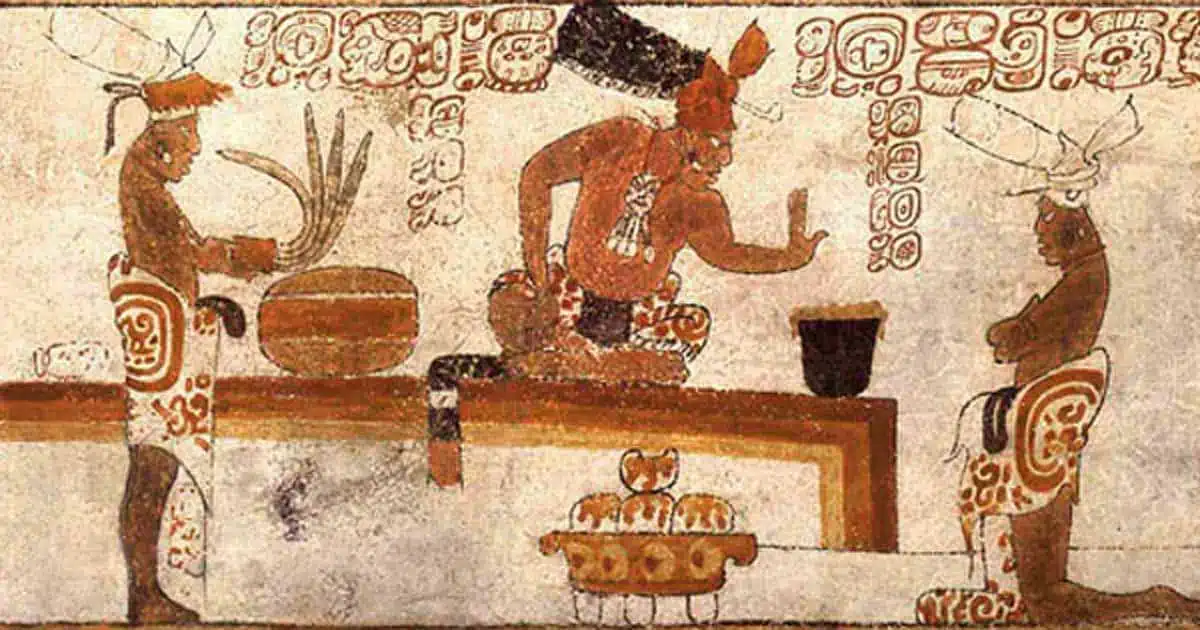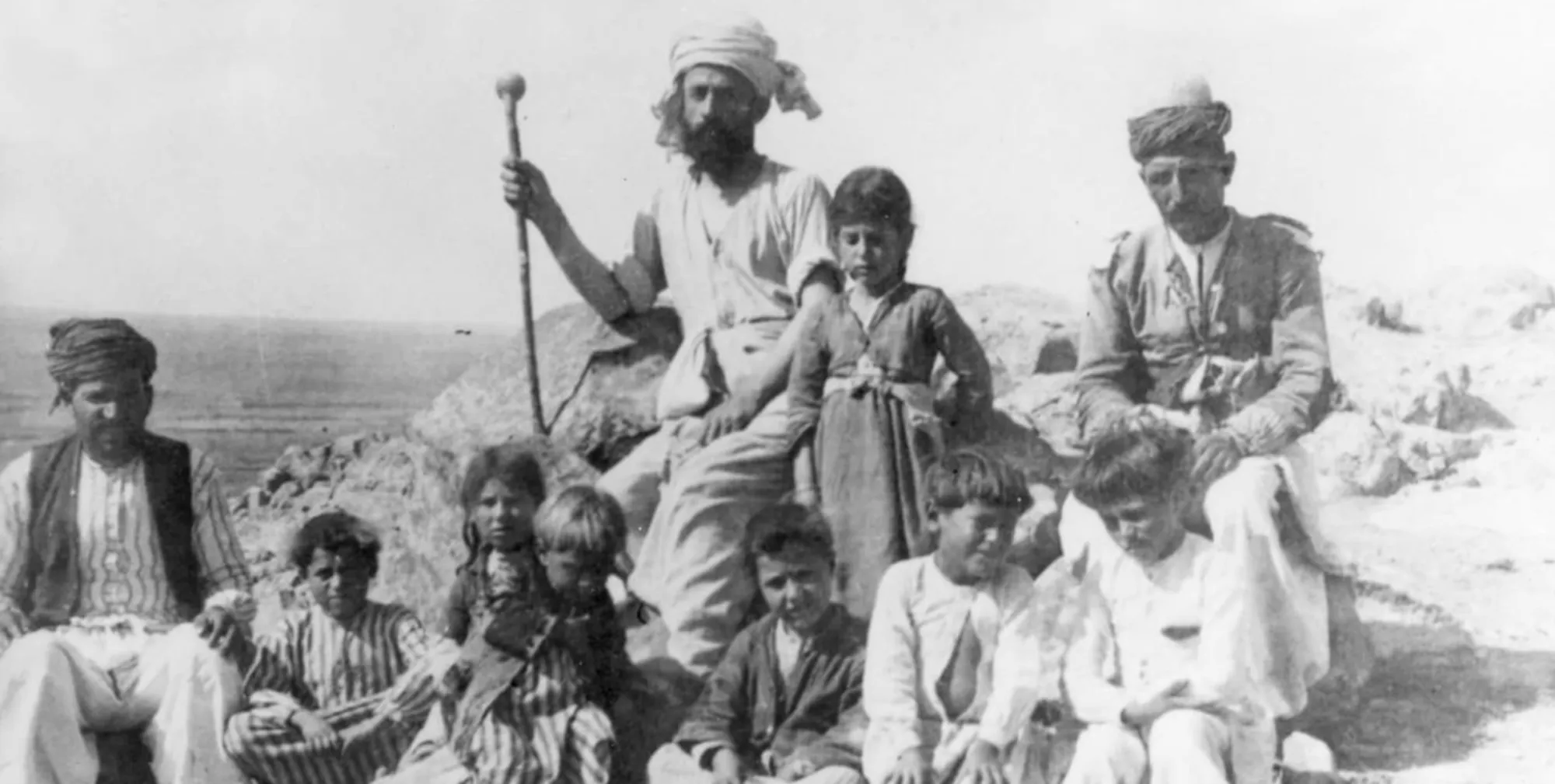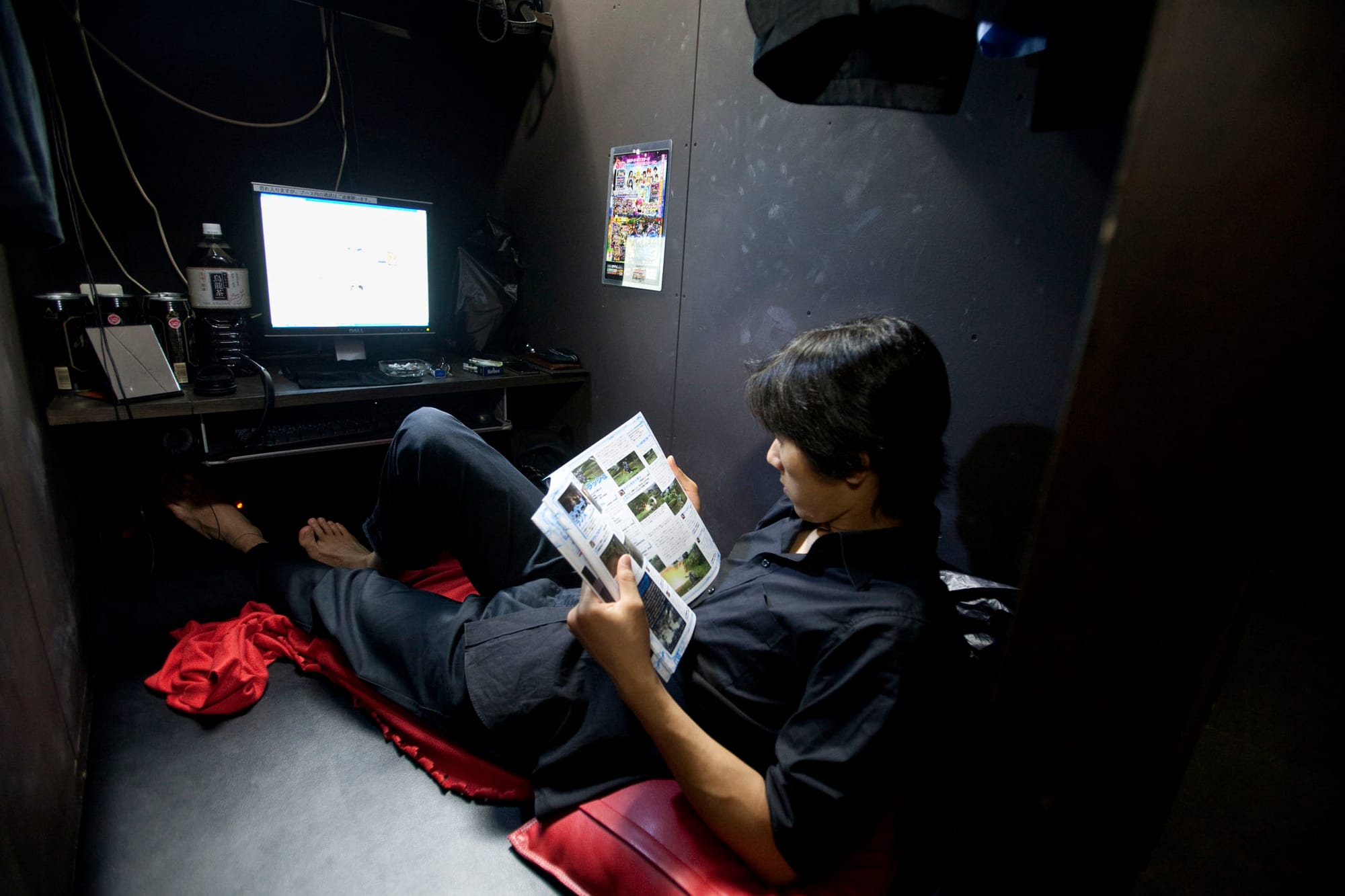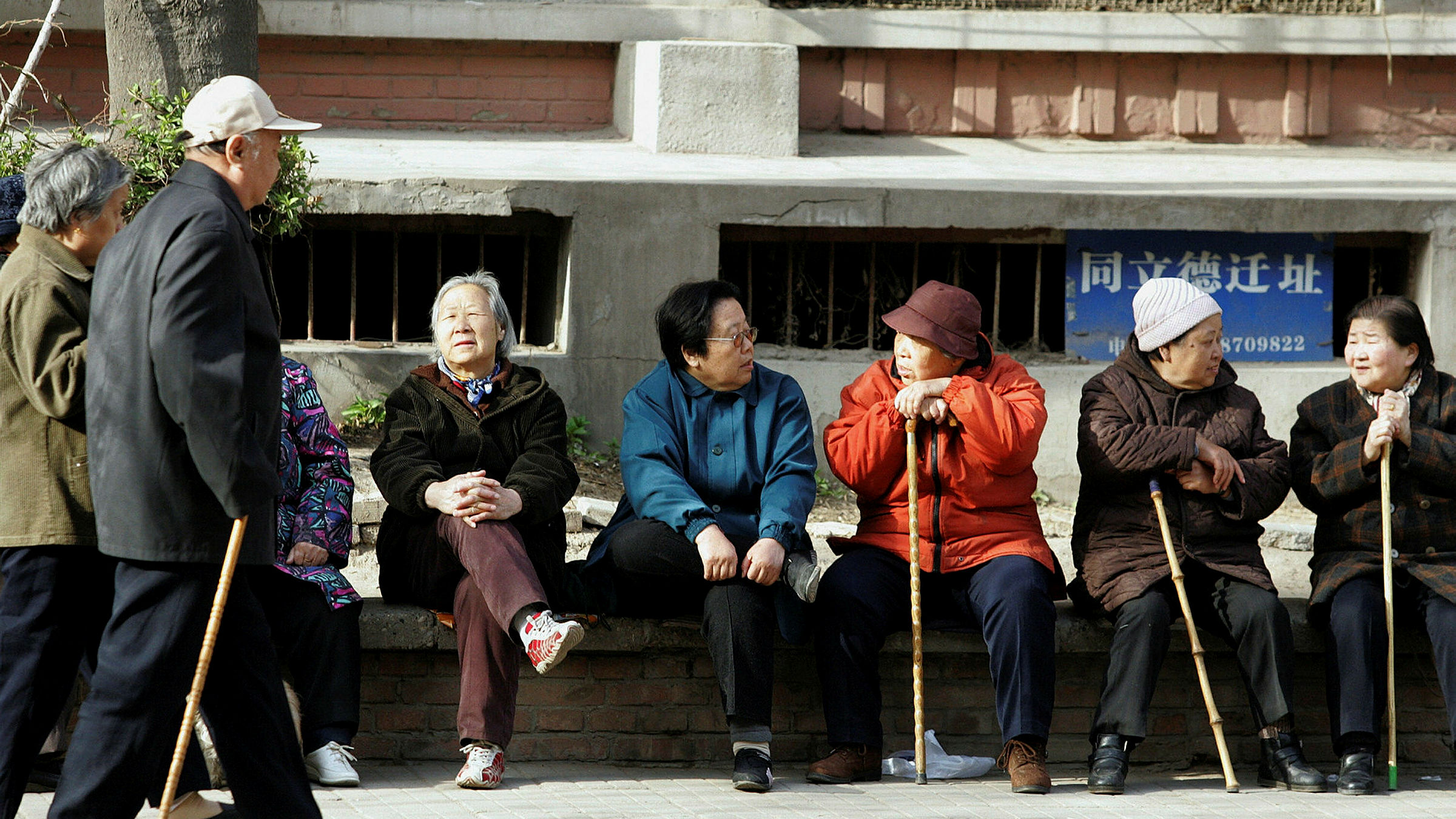The resurrection of Belgian football club Royale Union Saint-Gilloise is one of the most remarkable stories in European football, and one that I was immediately captivated by when my Belgian Uncle first introduced me to the club. Its journey from early dominance to decades of obscurity and its recent spectacular resurgence offers a compelling narrative of perseverance and the cyclical nature of success in sport.
Originally founded in 1897 in the municipality of Saint-Gilles in Brussels, the club has been based at the Joseph Marien Stadium in the neighbouring municipality of Forest since the 1920s. In its early years, the club quickly established itself as a powerhouse in Belgian football and clinched its first championship title in 1904, marking the beginning of a golden era. Between 1904 and 1935, Union went on to win an impressive 11 championship titles, making them the most successful Belgian club before World War II. In 1920, “La Vieille Dame” (“The Old Lady”) - a nickname given out of respect for the club’s long and storied history - produced the largest number of internationals for the team that won the Olympic Games in Antwerp, highlighting their dominance and ability to nurture homegrown talent. The pinnacle of this period was the impressive 60-game unbeaten run the club had between 1933 and 1935, known as “Union Soixante”, a record that still stands in Belgian football. This period culminated in three consecutive league titles, cementing Union’s status as the team to beat.
However, post-war, Union’s fortunes declined sharply as the club struggled to adapt to changes in Belgian football. As a result, the club bounced between the First and Second Division several times in the sixties. In 1973, the club was relegated from the First Division and would not return for 48 years. In this time, they spent five consecutive years in the Fourth Division (1979 to 1983) and then four decades moving between the Second and Third Divisions.
The tide began to turn in 2018 when Tony Bloom, owner of Brighton & Hove Albion, and his business partner Alex Muzio acquired the club. They injected funds and improved the training facility, but it was not transformative money and, as Muzio admits, they made some mistakes. For a while success eluded them. Playing in the second tier of Belgian football is not a lucrative endeavour; money spent is money lost until you reach the First Division, and every passing season without promotion was a painful blow. At last, they managed to gain promotion back to the First Division after defeating R.W.D Molenbeek 2-1 at home on 13 March 2021.
In their first season back, Union surprised everyone by finishing the regular season in first place. Unfortunately for them, however, the league splits into three playoff groups to decide final positions and at the final hurdle, they fell just short, finishing in second place behind Club Brugge. This was still an extraordinary achievement, which led to their comeback on the European stage in the following season. They went on to enjoy a successful run in the competition, reaching the quarter finals. Since then, Union have continued their impressive form, finishing second domestically and securing a historic 2-1 victory against Liverpool in the Europa League group stage in the 2023-24 season. They also won their first cup title in 110 years after beating Royal Antwerp 1-0 in the final.
A key factor of this eventual resurrection was a meticulous transfer policy, driven by data and sealed by deep-dive reports into a player’s character to identify personalities who fit the club. Each signing was typically a 10-month process and scouting focused on under-appreciated corners of the European game, particularly lower leagues. A good example of this recruitment strategy benefitting Union was the sale of Victor Boniface, a key player in their Europa League 2022-23 campaign, for ten times as much as they bought him for. Bloom and Muzio have big ambitions, but there are some things they cannot change even if they wanted to. The stadium is a protected heritage site so they cannot knock down walls or replace wrought-iron gates. They cannot build a roof on the open stands as it would block the view from the highest point of the park. These quirks may make Union feel more suited to non-league than the Champions League, but they are also features which make the club unique, like the stained-glass window inside the stadium which bears Union’s yellow and blue crest.

